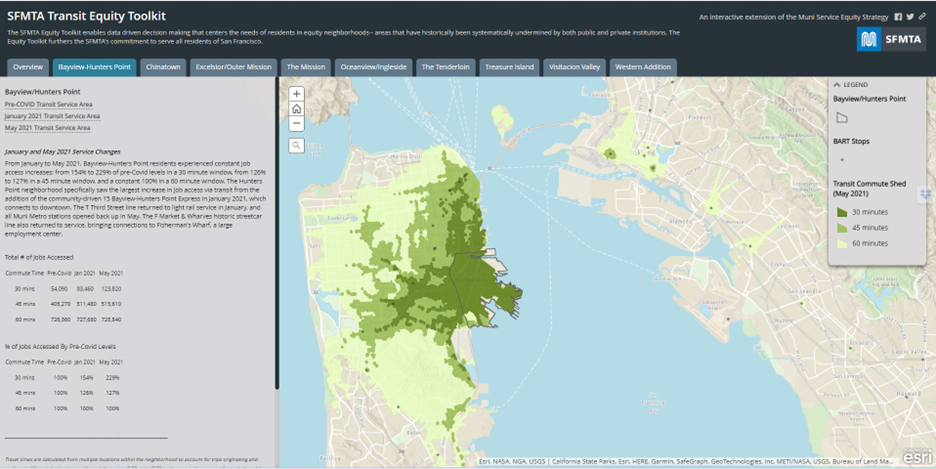- October 13, 2020
- Transportation
Mobility equity is an important consideration for many cities, as new modes of transportation like ride-share and micro-mobility vehicles profligate. These new services have the potential to disrupt entrenched inequities — or exacerbate them. Below are four examples of mobility innovations to inspire other cities to address these mobility challenges.
1. Place scooters in underserved areas
According to Justin Snowden, the smart mobility strategist at the City of Detroit, the city is asking scooter companies to include underserved areas in their service zones in order to help the city achieve its equity goals. In the city’s Memo of Interpretation, issued in July 2018, micro-mobility companies were asked to split their scooters roughly 70/30, with the majority downtown but the rest in lower-income areas. Governments can negotiate with micro-mobility companies to ensure that marginalized communities — especially ones with low rates of car ownership — have access to scooters around their homes and places of work.
2. Test new bike share payment methods
In 2019, there were nearly 200 cities in the U.S. that had bike share programs. Unfortunately, many of these programs require users to pay by credit or debit card, which necessitates a bank account. This makes it difficult for unbanked individuals to access bike services; options that include cash payment, prepaid cards or SMS (text) unlocking could broaden access. Some companies are experimenting with these models, but unfortunately they are not widespread. Governments can compel bike share companies to offer alternative payments if they want to operate in their cities.
3. Adjust cost and reliability of public transit
The U.S. Department of Transportation states that “households in low-income areas typically own fewer vehicles, have longer commutes, and have higher transportation costs.” Using transit system data, local governments can decrease commute times by determining what bus and train routes are most popular, increasing service in areas with disproportionately high ridership, and determining which lines need more consistent late-night service. Some transportation authorities are also exploring how to reduce transit costs through means-tested fare programs; one study found that riders receiving discounted fare cards “made about 30 percent more trips than the control groups, and they took more trips for the purposes of health care and social services.”
4. Partner with ride hailing companies to help workers
In some cities, adjusting the schedule and improving the reliability of public transit isn’t an option. So in South Bend, IN, government officials started an innovative partnership with ride hailing companies so low-income and shift workers could get to work. The city discovered that ride unreliability was a major factor in job retention, so they partnered with Lyft to give members of the program 20 rides a month (the first two at one cent/ride and the next 18 at four dollars/ride). Ride Guarantee improved worker absenteeism, job retention, and on-time arrivals for participating workers. In areas without reliable or widespread public transit, officials can use this model to assist area workers and the businesses that employ them.





